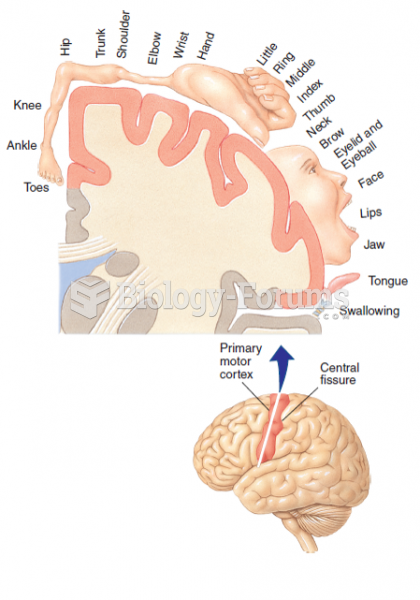|
|
|
Did you know?
Complications of influenza include: bacterial pneumonia, ear and sinus infections, dehydration, and worsening of chronic conditions such as asthma, congestive heart failure, or diabetes.
Did you know?
Many medications that are used to treat infertility are injected subcutaneously. This is easy to do using the anterior abdomen as the site of injection but avoiding the area directly around the belly button.
Did you know?
Medication errors are more common among seriously ill patients than with those with minor conditions.
Did you know?
Human kidneys will clean about 1 million gallons of blood in an average lifetime.
Did you know?
The familiar sounds of your heart are made by the heart's valves as they open and close.







